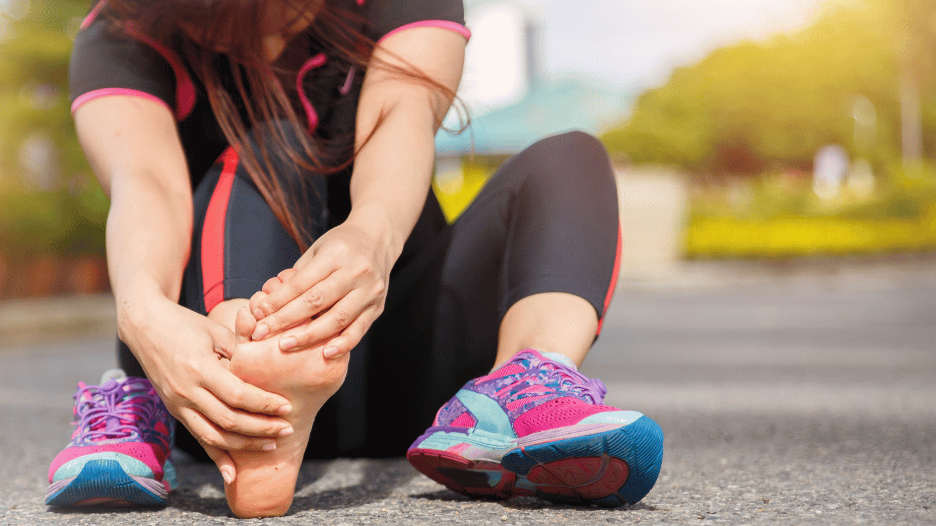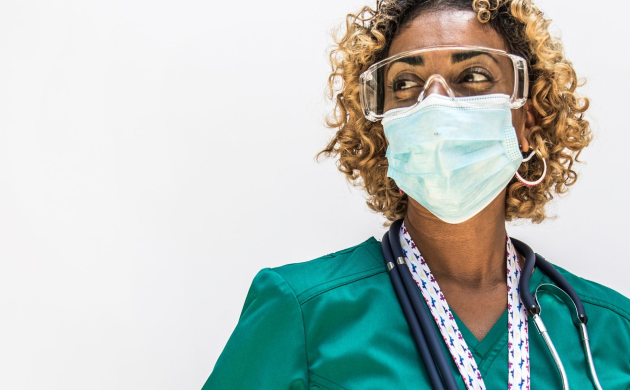
Bouncing back from turf toe: a comprehensive guide.
Turf toe might sound like a minor injury, but for athletes and active individuals, it can be a real pain—literally. Whether you're on the field or just trying to stay active, understanding turf toe and how to manage it is key to bouncing back quickly.
What is turf toe?
Turf toe is a sprain of the ligaments around the big toe joint. It usually happens when your toe is forcefully bent upwards, like when you're pushing off to sprint or jump.
The injury is common in athletes who play on artificial turf, hence the name, but it can happen on any surface.
Turf toe occurs when the toe is hyperextended, leading to a sprain of the main joint that connects your big toe to your foot. This injury can range from a mild stretch of the ligaments to a complete tear, depending on the severity of the force.
Symptoms of turf toe.
Turf toe can be a tricky injury because the symptoms can vary depending on the severity. Here’s what you might experience:
- Pain. The most common symptom. It can be mild or severe and usually gets worse with movement.
- Swelling. You might notice swelling around the base of your big toe.
- Limited movement. Your toe might feel stiff and difficult to move.
- Bruising. Some people experience bruising around the injured area.
If you notice these symptoms, take action quickly. Your early response is the key to a faster recovery from turf toe.
Treatment options for turf toe.
Treating turf toe often depends on how severe the injury is. Here are some common treatment options:
- Rest. The first step is to rest your foot and avoid activities that might aggravate the injury. This is crucial for healing.
- Ice. Applying ice can help reduce swelling and numb the pain. Try icing the area for 15-20 minutes every few hours.
- Compression. Wrapping your foot with an elastic bandage can help manage swelling.
- Elevation. Keep your foot elevated above your heart level to help reduce swelling.
- Pain relief. Over-the-counter pain relievers like ibuprofen can help manage the pain.
- Immobilization. In more severe cases, your doctor might recommend a walking boot or crutches to keep weight off the injured toe.
How long can turf toe take to heal?
The healing time for turf toe varies based on the severity of the injury:
- Mild cases. Recovery might take a few weeks if the ligaments are only slightly stretched. Proper rest and care are usually enough to heal these injuries.
- Moderate injuries. These involve more significant ligament damage and may require several weeks of rest, physical therapy and possibly immobilization.
- Severe cases. When a complete ligament tear or damage to the joint capsule occurs, healing can take several months. These cases may need more intensive treatment, including surgery.
Patience is key. Give your toe the time to heal fully to avoid re-injury and ensure you can return to your activities at full strength. Remember, with the right care, full recovery from turf toe is possible.
What makes turf toe worse?
Turf toe can get worse if you don’t treat it properly, and certain activities or behaviors can aggravate the injury.
Here are some common factors that can make turf toe worse:
- Continued activity. One of the biggest mistakes is continuing to play sports or engage in activities that put pressure on the injured toe. This can lead to more severe damage and significantly extend your recovery time.
- Inadequate rest. Not giving your toe enough time to heal can cause the injury to linger or worsen. Rest is crucial for allowing the ligaments to repair themselves.
- Improper footwear. Wearing shoes that don’t provide enough support or have too much flexibility can place additional stress on the big toe joint, worsening the injury. High heels or unsupportive athletic shoes are common culprits.
- Skipping treatment. Ignoring the pain or avoiding recommended treatments, like ice, compression, or physical therapy can prevent proper healing and increase the risk of chronic issues.
- Returning to activity too soon. Rushing back into sports or physical activities before your toe has fully healed can aggravate the injury and lead to long-term complications like joint stiffness or arthritis.
To avoid making turf toe worse, you must follow a treatment plan and listen to your body. If you’re unsure about your recovery progress, consult a healthcare professional at CityMD to ensure you’re on the right path to healing.
When to seek medical help for turf toe.
If your symptoms are severe or not improving with home care, it’s a good idea to see a healthcare provider. CityMD’s urgent care services can assess the injury, provide a proper diagnosis, and guide you through a tailored treatment plan to get you back on your feet. Our experienced team is here to help you recover from turf toe and any other sports-related injuries. We can also refer you to an orthopedic specialist at our care partner Summit Health if you need additional care.
Remember, turf toe might slow you down, but with the proper care and attention, you'll be back in action before you know it. Don't let a toe injury keep you from doing what you love. Visit your nearest CityMD if you need help with turf toe or any other injury. We're here to get you back in the game!

We’re ready to care for you.
Visit any CityMD urgent care location in your community today for an evaluation with one of our expert providers.